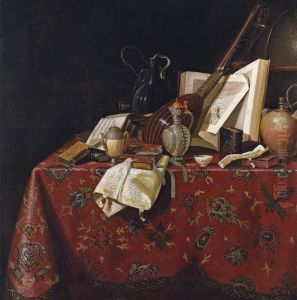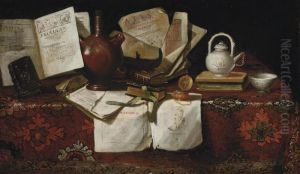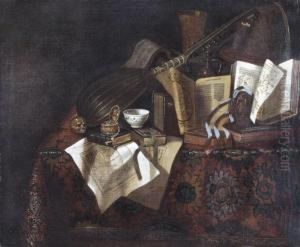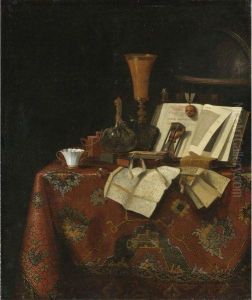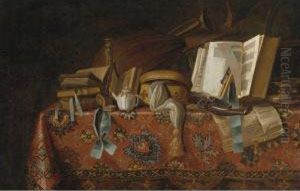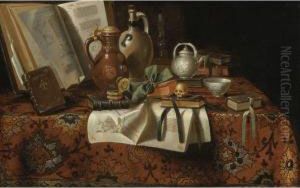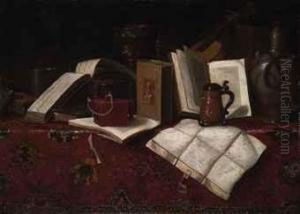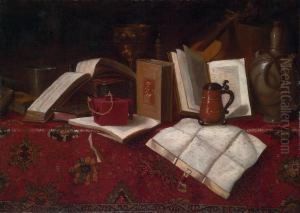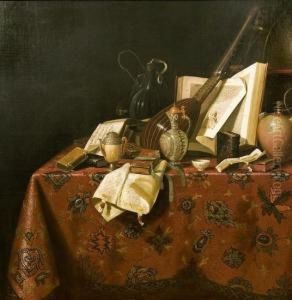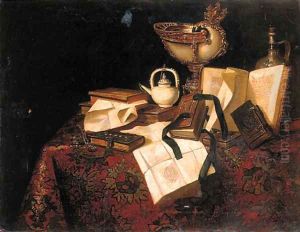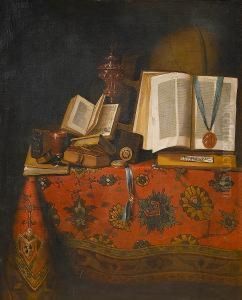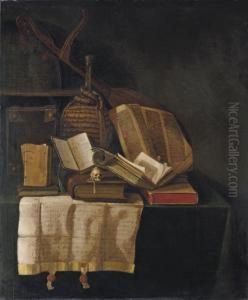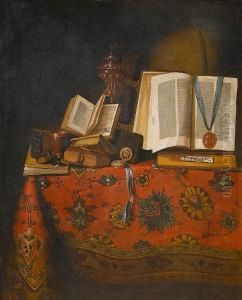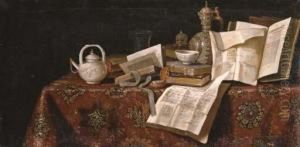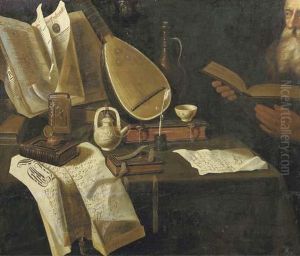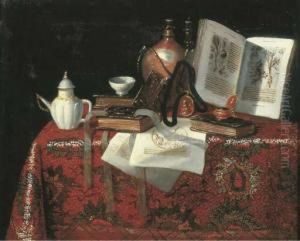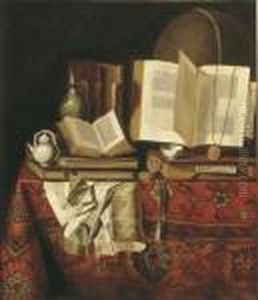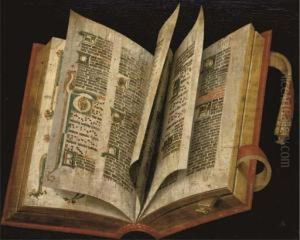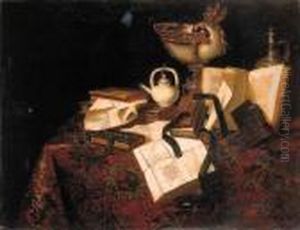Pseudo Roestraten Paintings
Pieter Gerritsz van Roestraten, known as Pseudo Roestraten, was a Dutch Golden Age painter who was born in Haarlem, Netherlands, in 1627. He was initially a student of Frans Hals, one of the most celebrated portraitists of his time. Roestraten's early work showed the influence of Hals, particularly in the lively brushwork and attention to detail.
However, Roestraten is best known for his later work, which primarily consisted of still lifes. He moved to London around 1666, where he was influenced by the works of Flemish Baroque painter Pieter Boel and the still-life tradition that was popular in both the Netherlands and Flanders. In England, Roestraten developed a unique style that incorporated elements of vanitas and trompe-l'oeil, playing with the illusion of reality in his compositions.
His paintings often included detailed depictions of fine silverware, glassware, and textiles, showcasing his skill in rendering different textures and surfaces. Objects in his paintings were carefully arranged to convey a sense of order and often included symbolic elements that reflected on the transience of life and the futility of material wealth, which was a common theme in vanitas paintings.
Roestraten's work was well received in England, and he gained the patronage of prominent individuals, including King Charles II. The artist's ability to blend the Dutch still-life tradition with English tastes contributed to his success and popularity during his time in London.
Pseudo Roestraten died in London in 1698. Although his work is not as well-known today as some of his contemporaries, he remains a significant figure in the history of Dutch still-life painting. His paintings can be found in various art collections and museums, where they continue to be studied for their technical mastery and rich symbolism.
